Optimal Seasons for Waterproofing Projects
Proper timing for waterproofing projects is essential to ensure durability and effectiveness. The optimal period depends on climate conditions, temperature ranges, and seasonal weather patterns. Typically, late spring through early fall offers the most favorable conditions for applying waterproofing materials, as temperatures are moderate and precipitation is less frequent.
Spring provides warm temperatures and longer days, making it suitable for waterproofing applications before the heat of summer.
Summer offers consistent warm weather, ideal for ensuring waterproofing materials cure properly without interruption from rain.
Fall allows for application before winter, with cooler temperatures preventing overheating of materials and reducing the risk of moisture interference.
Winter is generally unsuitable for waterproofing due to freezing temperatures and increased moisture, which can compromise application quality.
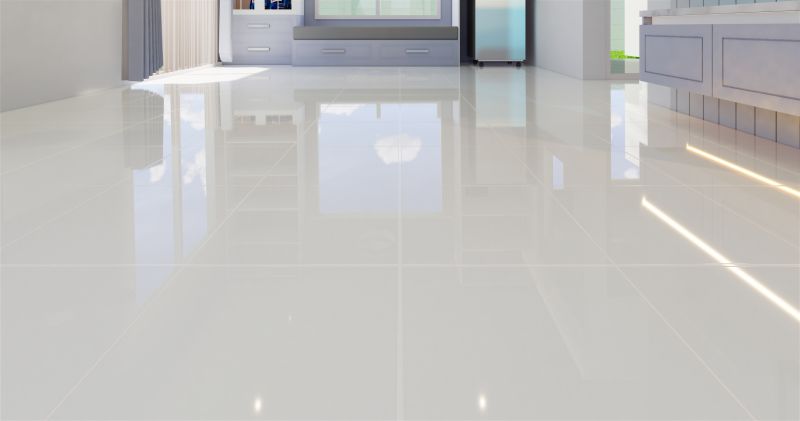
Ways to make Waterproofings work in tight or awkward layouts.
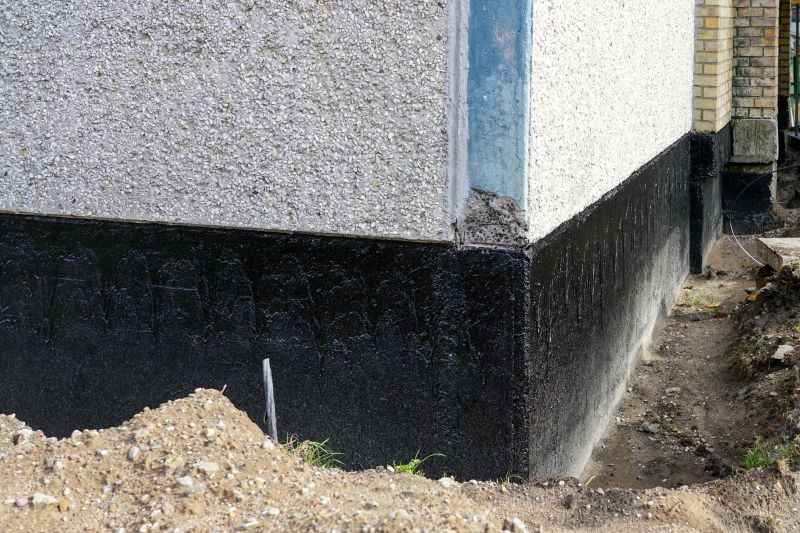
Popular materials for Waterproofings and why they hold up over time.
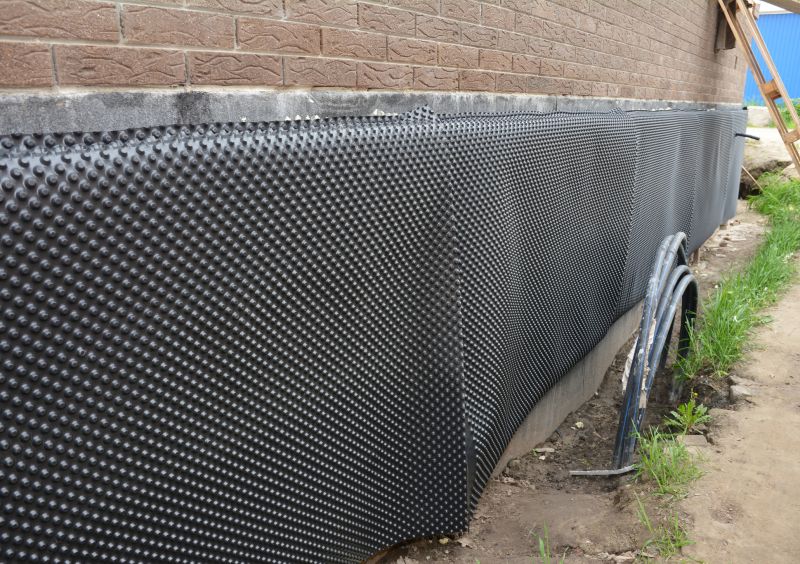
Simple add-ons that improve Waterproofings without blowing the budget.
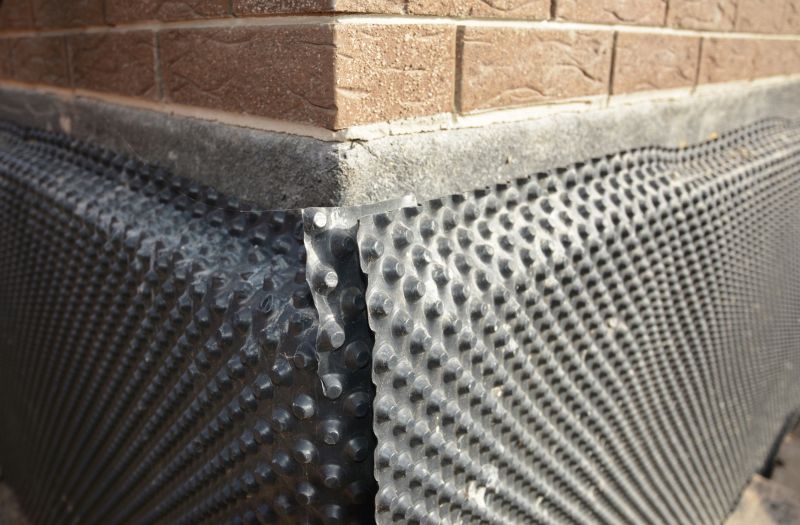
High-end options that actually feel worth it for Waterproofings.

Finishes and colors that play nicely with Waterproofings.
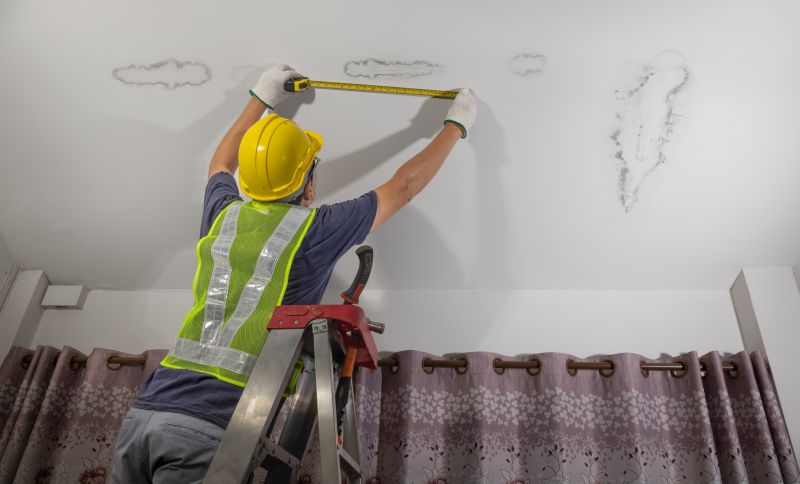
Little measurements that prevent headaches on Waterproofings day.
Waterproofings are critical for protecting structures from water intrusion, which can cause significant damage over time. They involve applying specialized materials to surfaces such as foundations, roofs, and walls to prevent water penetration. Effective waterproofing extends the lifespan of buildings, reduces maintenance costs, and helps preserve structural integrity. Recent studies indicate that properly waterproofed structures can last up to 50% longer than untreated ones, emphasizing the importance of timely application.
The selection of waterproofing methods depends on the specific application, climate, and surface type. Common techniques include membrane coatings, sealants, and drainage systems. The effectiveness of waterproofing is influenced by factors such as surface preparation, application technique, and material quality. Properly timed waterproofing projects can prevent costly repairs caused by water damage, mold growth, and structural deterioration.
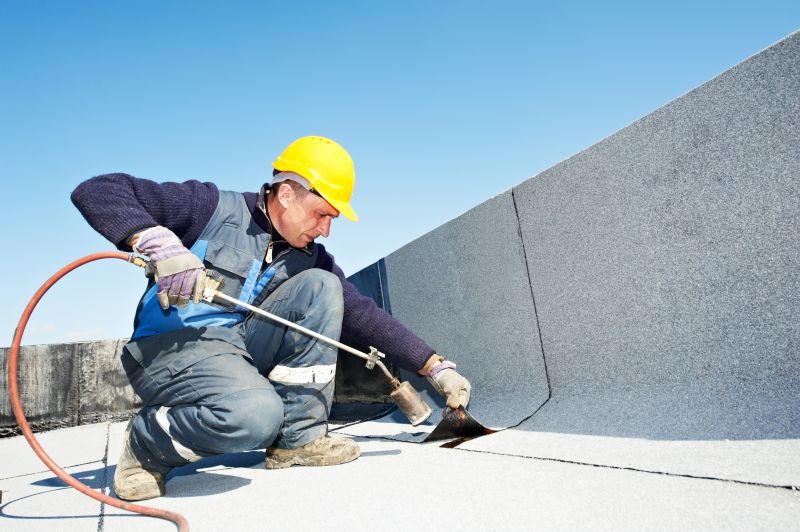
A 60-second routine that keeps Waterproofings looking new.
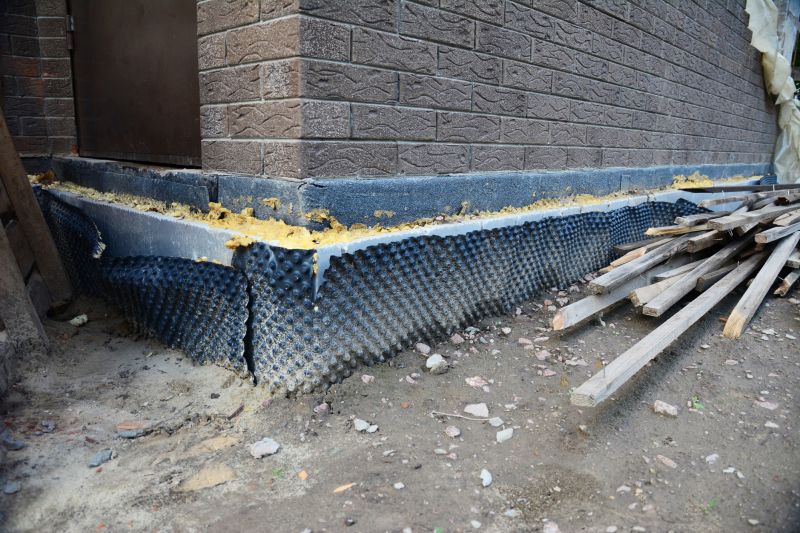
A frequent mistake in Waterproofings and how to dodge it.
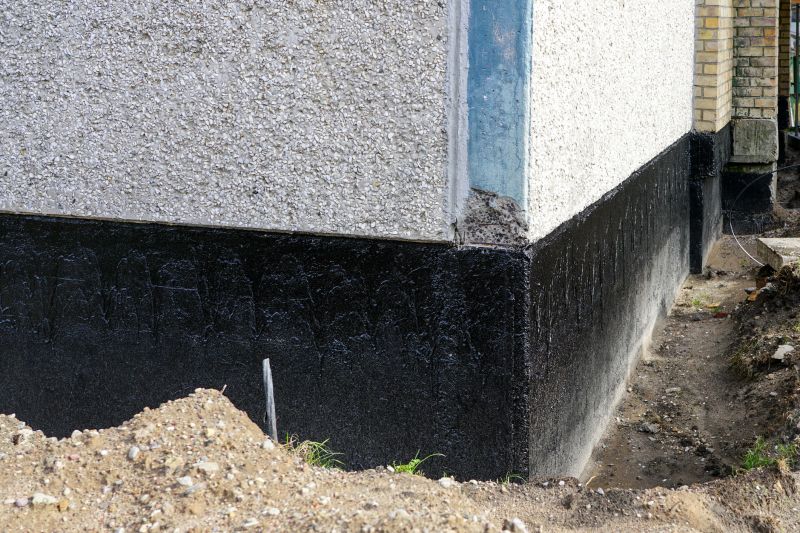
Small tweaks to make Waterproofings safer and easier to use.
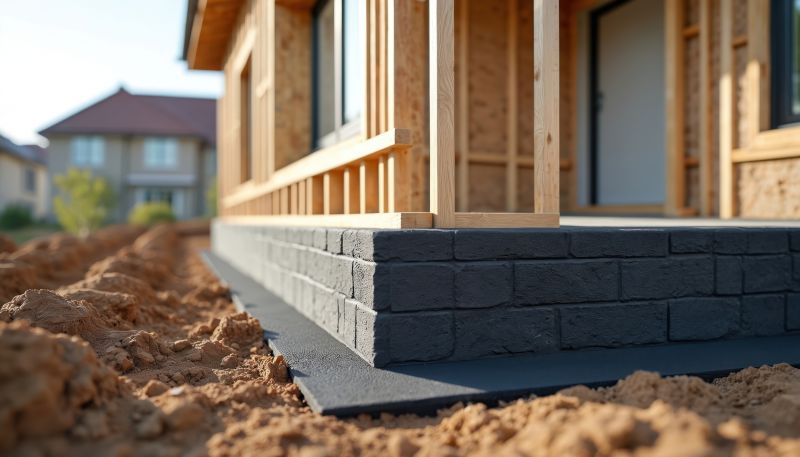
Lower-waste or water-saving choices for Waterproofings.
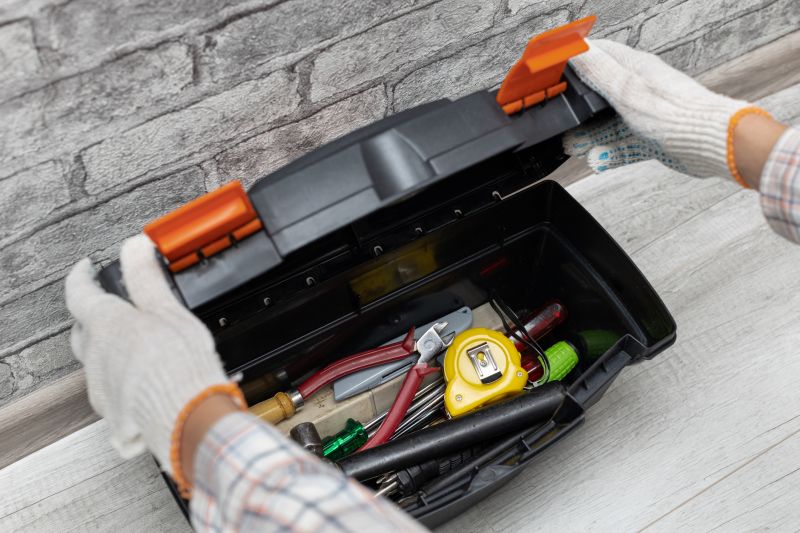
The short, realistic tool list for quality Waterproofings.
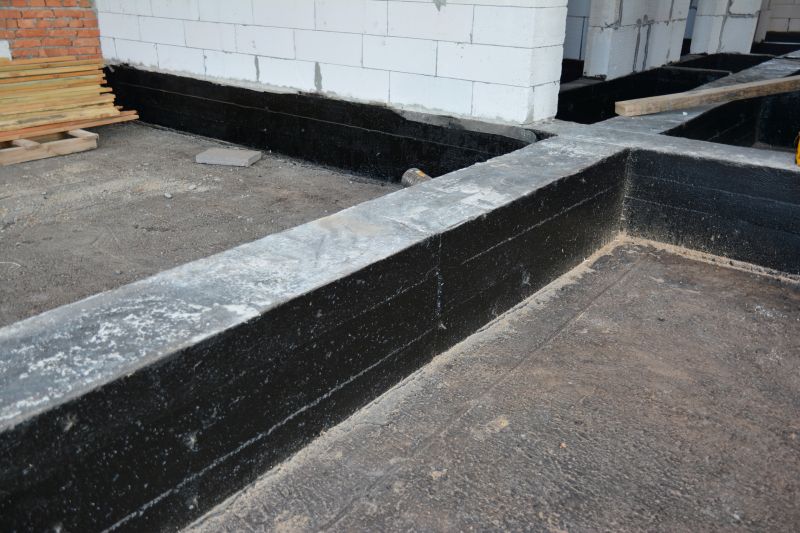
Rough timing from prep to clean-up for Waterproofings.
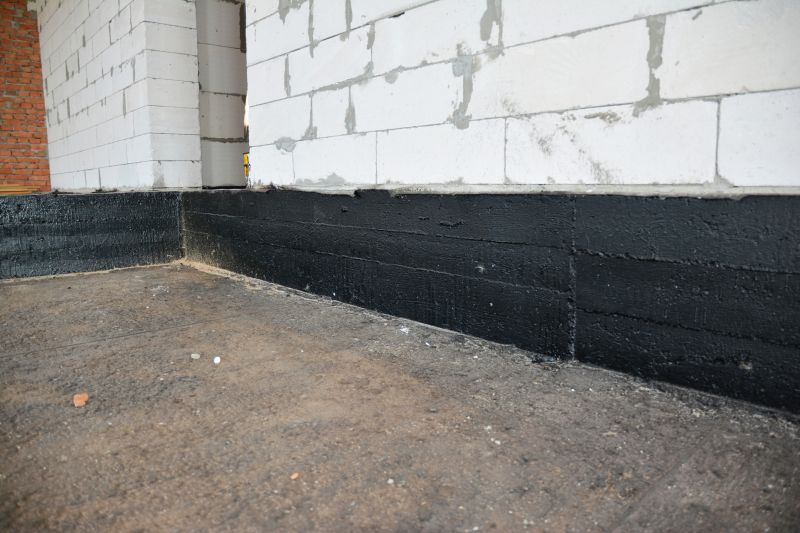
Quick checks and paperwork to keep after Waterproofings.
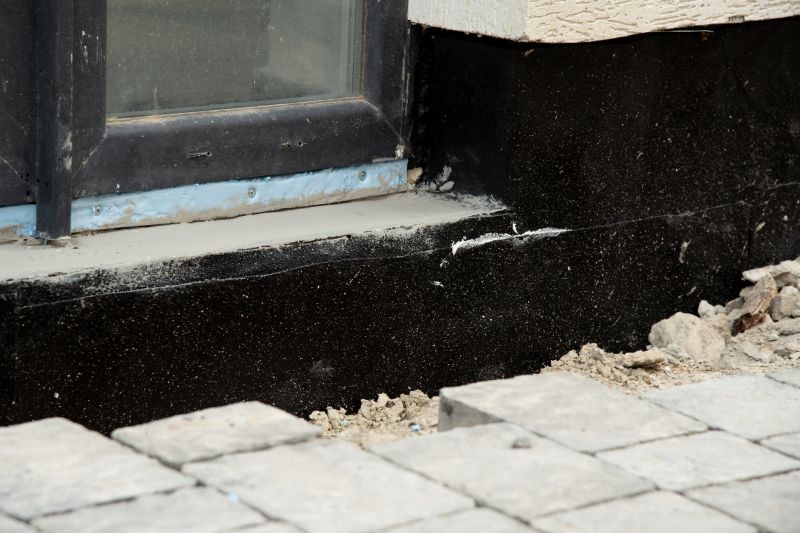
Examples that show the impact a good Waterproofings can make.
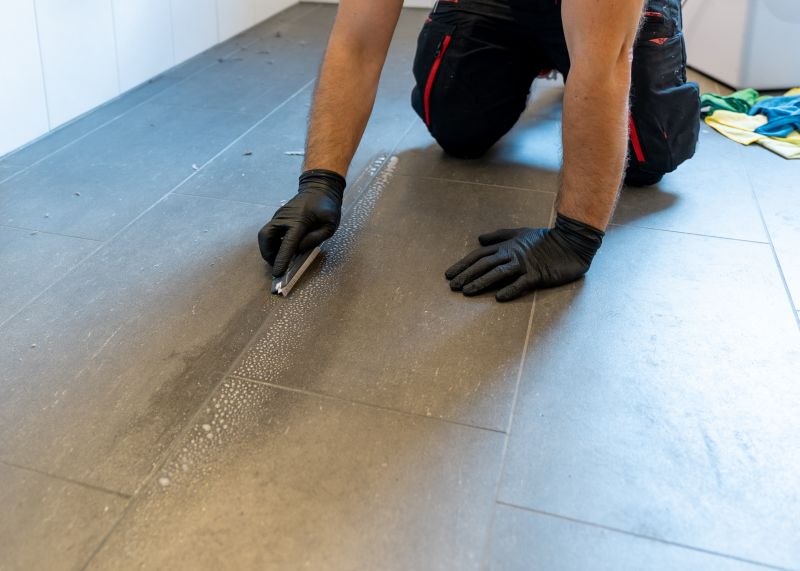
Ways to make Waterproofings work in tight or awkward layouts.
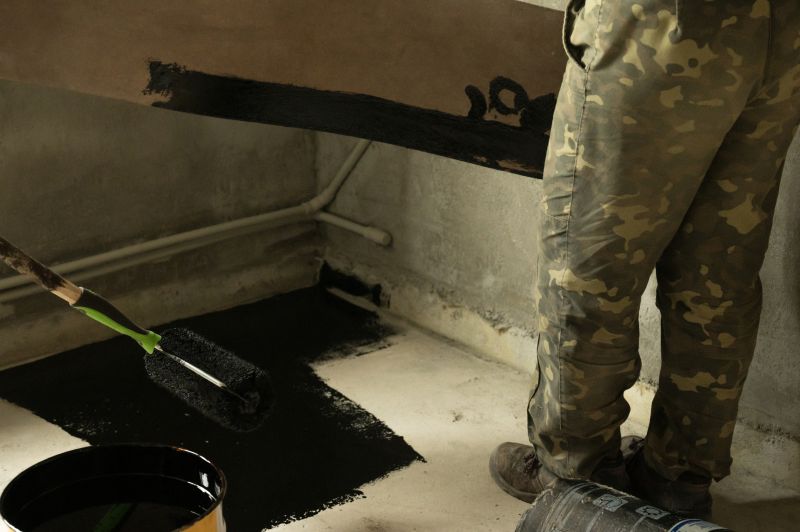
Ways to make Waterproofings work in tight or awkward layouts.
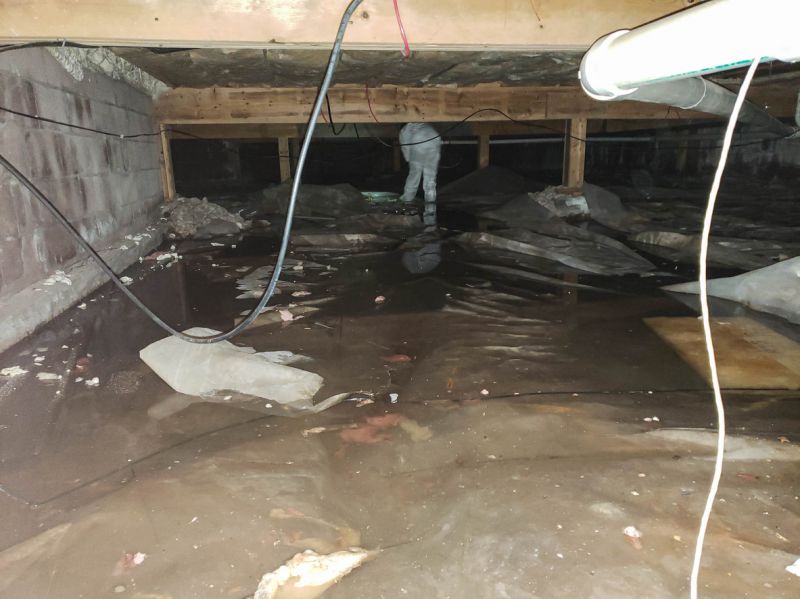
Ways to make Waterproofings work in tight or awkward layouts.
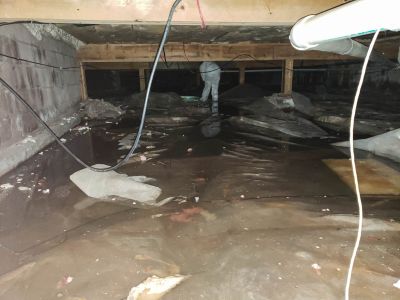
Ways to make Waterproofings work in tight or awkward layouts.
| Season | Best Conditions |
|---|---|
| Spring | Moderate temperatures, low rain |
| Summer | Warm, dry days for curing |
| Fall | Cooler weather before winter |
| Winter | Not recommended due to freezing |
Choosing the right time for waterproofing ensures optimal application and longevity of the protective layer. Proper timing minimizes risks associated with temperature fluctuations and moisture exposure during installation. Consulting with waterproofing professionals can help determine the most suitable season based on local climate conditions.

